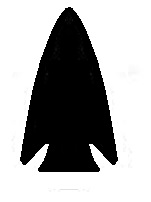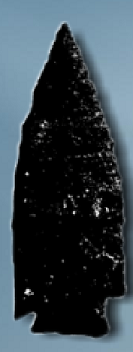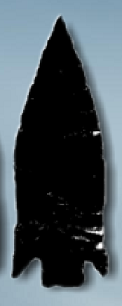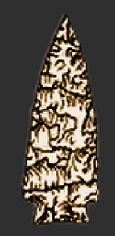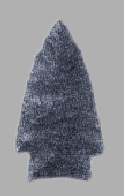Other Websites with Detailed Information:
Name Details:
Named By: David
Sanger
Named For: Associated Culture
/ Type Site
Date Identified: 1967
Type Site The Nesikep
Creek Site (EdRk 4), British Columbia, Canada
Nesikep
Cluster:
Commonly Utilized Material:
Date:
Cultural Period:
7,000 to 6,000 B.P.
Middle Archaic
Middle Holocene
Nesikep Culture
Glacial Period:
Culture:
Outline is Representative of Size and Shape:
Description of Physical Characteristics and Flaking Pattern:
This is a thin medium triangular corner
notch point with a thin elliptical cross section. The blade is
excurvate and may range to having a pentagonal shape with shoulders
that range from strongly to slightly barbed. The stem may vary
from slightly expanding to expanding. The notches enter the
corner of the preform forming a V which is the unique characteristic
of this type. The base may range from straight to deeply
concave. These points commonly have a high quality of
workmanship and have a random flaking pattern.
Size Measurements: Total Length - 34
to 103 mm, Stem Length - 6 to 10 mm, Blade Width - 21 to
34 mm, Neck Width - 12 to 20 mm, Stem Width - 14 to 24
mm
Distribution:
Distribution Comments:
This point is primarily found in the mid
Frazier River Valley of British Columbia and may be found into the mid
to lower Chilcotin Plateau.
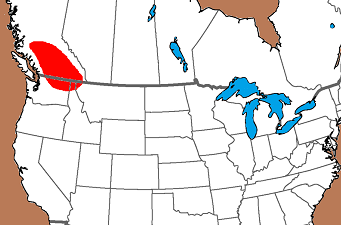
Other points in this Cluster:
Point Validity: Valid Type
Sanger is a distinguished anthropologist and professor for the Department of
Anthropology, Climate Change Institute at the University of Maine. His
primary interest in in pre-European contact in Maine, but studied the
prehistoric cultures in Canada while at the University of Washington.
This type was identified while studding the Nesikep culture and has many
professional references. This is a valid type.
.
Age Details:
Pictures Provided By:
Re-illustrated from examples by Rousseau, 2008
References: (See Reference Page, Entry Number):
48, 144
NesikepProjectile Point, Nesikep Arrowhead
